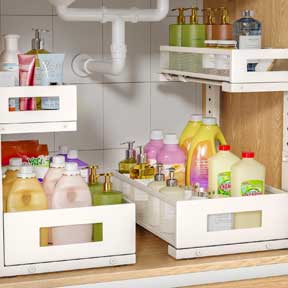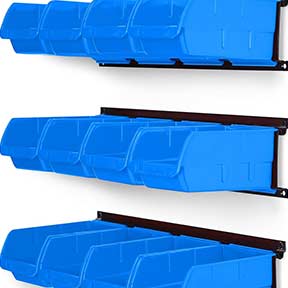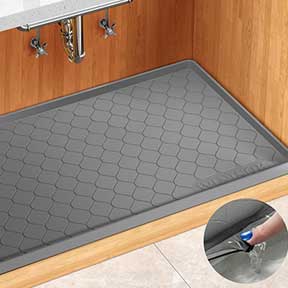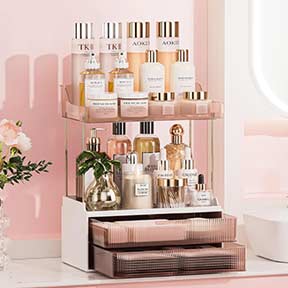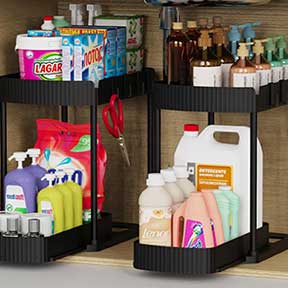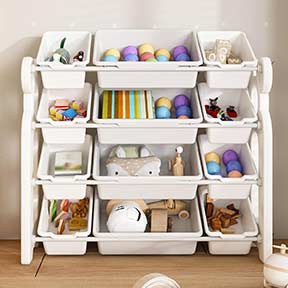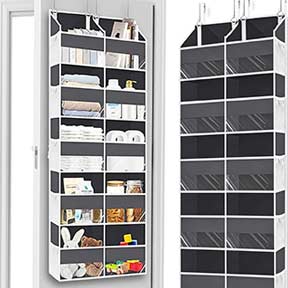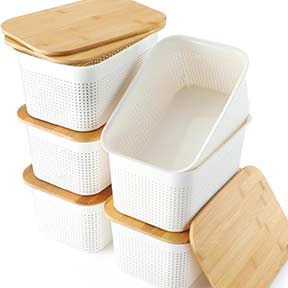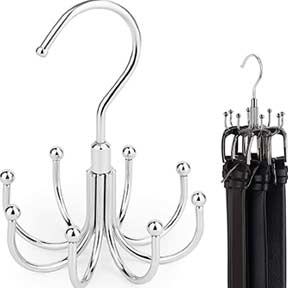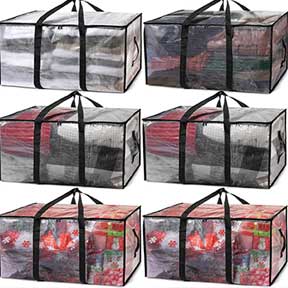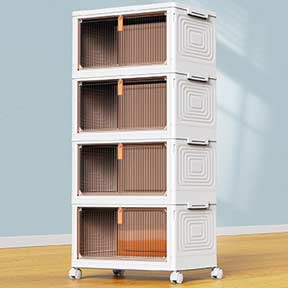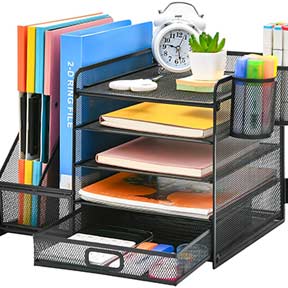Spring Cleaning Checklist
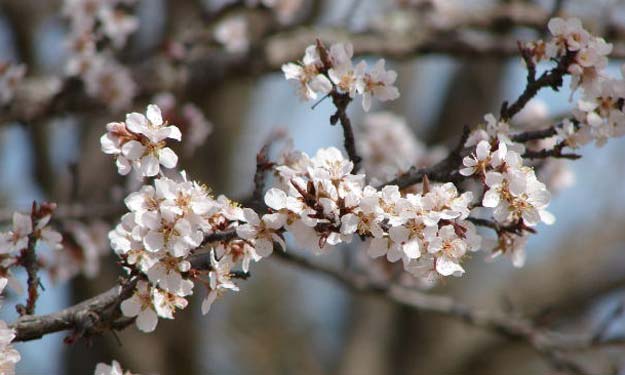
Spring Cleaning Ideas for Inside and Outside the House.
Spring Cleaning CheckList
Spring cleaning checklist can make this wonderful season a dreaded time of year. But I really look forward to spring cleaning. Yes, it’s true, it’s not for work, but for the opportunity to open windows, let the fresh air and sunlight in and make our home fresh and clean.
Set Your Schedule
I usually block out at least three days to get our spring cleaning jobs done. If you’re a gogetter maybe you can get it done faster, or if you like to take your time, maybe it will take a little longer. We usually go room by room opening windows, cleaning walls, ceilings and baseboards, dusting, vacuuming and mopping, fluffing pillows, washing windows and cleaning screens, and so forth.
To Cook or Not to Cook?
Give yourself a break during this time; we plan our meals accordingly. I don’t particularly want to spend a good portion of my day cleaning only to wind up cooking a large meal at the end of the day. This is the perfect excuse to go out to dinner or have dinner delivered – who doesn’t love pizza night.
Keep a List of Things To Do
I also keep a list for any touch-ups that need to be made such as paint or new things we might need like pillows, bedding, pots and pans, and areas around the house that need fixing.
Let’s Get Busy Cleaning!
Not only will you be cleaning inside, but the best part (for me) is a lot of cleaning is done outside where you can enjoy some sunny and beautiful weather. So are you ready then? Let’s get busy spring cleaning!
Cleaning Supplies
Before starting, gather your cleaning supplies which may include any of the following:
- Microfiber cleaning cloths
- Cleaning rags
- Bucket
- All purpose cleaners
- Swiffer mop, swiffer sweeper, duster, replacement pads, etc.
- Cobweb duster
- Baking soda
- White vinegar
- Dawn dish soap
- Spray bottle
1. Cleaning Walls and Baseboards
Once a year, at least, you should wash semi-glossy and glossy painted surfaces and vinyl wall paper. If you have flat painted surfaces or delicate wallpaper and scrubbing won’t do, just spot clean stains and marks with a damp cloth. This is especially important if you have smoke (from fireplaces or cigarettes), fingerprints, grease in kitchens, and streaking on the bathroom walls from shower steam.
If you don’t have children, no fireplace and no cigarette smoker in the house, you might get away with only washing the walls of the rooms that are most often used. In other rooms that aren’t used much but look a little dingy, try vacuuming with a soft brush using a telescopic wand or a dry swiffer sweeper.
Basic Wall Cleaning Recipe:
- 1 teaspoon dish soap or 1 teaspoon white vinegar
- Warm Water
Fill a spray bottle with the warm water then add the dish soap and gently swish to mix or use the white vinegar and mix.
Note: There are many recipes on the web that say to use both the dish soap and white vinegar together. Vinegar is a great cleaner as it is acidic. Many dish soaps are pH neutral. When adding dish soap to a recipe that also calls for vinegar, the dish soap actually neutralizes the vinegar making the cleaning power of the vinegar useless. That is why the recipe above states to use one or the other.
Deep Cleaning Recipe:
- 1 cup ammonia
- 1 teaspoon dish soap
- 1 gallon of water
This recipe is good if the walls need a deeper cleaning.
I will typically “dust” the walls before washing walls. When I clean walls I prefer to work in sections from the bottom up and I’ll use a towel to cover the flooring. Starting at the base board prevents dirty streaks and drips which can sometimes just cause more problems and work. Follow with a clean cloth dipped in clean water. Wipe with a clean and dry cloth as a final touch.
Don’t scrub the walls as you can cause damage to painted or wallpapered surfaces, and be careful around wallpaper seams. If you have hair spray on the walls of your bathroom, diluted shampoo works great.
2. Clean Inside and Outside Windows and Window Screens
Cleaning windows is best done on a day that isn’t particularly hot and sunny. You don’t want to spend all that time cleaning windows just to have the sun streaking them before you’ve finished washing and drying.
- Take the screens off the window.
- Rinse the window screens with the hose and wash them carefully with a soft brush.
- Avoid damaging the screen by not pushing too hard with your brush.
- Let them air dry while you go back and wash the outside of the windows.
If your screens are not that dirty, it’s possible they only need a good vacuuming. Use a soft brush attachment and go over them lightly to avoid damage.
One easy way to clean outside windows if you don’t want to get on a ladder, especially if you have second story windows, is to use a sprayer attached to the hose. We have used the Full Crystal Window and Glass Cleaning Kit a few times and each time our windows look great.
Window Cleaning Recipe
If you have windows that are really dirty, combining rubbing alcohol (isopropyl alcohol) with vinegar and water can be an effective tool.
The alcohol will cut through greasy fingerprints better than just the vinegar alone and it evaporates quickly, reducing streaking. Get a spray bottle and mix the following ingredients.
- 1 cup rubbing alcohol
- 1 tbsp vinegar
- 1 cup water
Make sure the solution doesn’t come in contact with woodwork, as the alcohol could etch, discolor or damage this area. We will put a towel down to help keep windowsills dry.
3. Cleaning Furniture
Spring is also a good time for cleaning and vacuuming furniture in the house, this is an essential part of maintaining a clean and healthy living environment. Regular cleaning and vacuuming will help maintain the appearance and longevity of your furniture. It’s also important to address spills and stains promptly to prevent them from becoming more challenging to clean later on.
Furniture Tips
- Check the manufacturer’s instructions or tags on furniture before cleaning as different types of furniture may have specific cleaning instructions. This will help you avoid using any cleaning methods or products that could damage the furniture.
- Vacuum furniture with the right attachment like a soft brush attachment or upholstery attachment to remove debris such as pet hair, crumbs, or dirt from the surface of the furniture. These attachments are designed to be gentle on fabric or leather while effectively removing dust and debris.
- When vacuuming upholstery surfaces, start by vacuuming the cushions, backrests, and armrests of your furniture. Use the chosen attachment in gentle, overlapping strokes to pick up any dirt or dust. Pay attention to crevices, seams, and corners where debris can accumulate. Be sure to vacuum between and under cushions.
- If your furniture has removable cushions, take them off and vacuum the area beneath them. Dust and crumbs tend to accumulate in these spaces, so a thorough vacuuming is important. Additionally, vacuum the cushions themselves on both sides before placing them back.
- If you notice any stains on the furniture, spot clean them following the manufacturer’s recommendations. Be cautious with the products you use and test them on a small, inconspicuous area first to ensure the cleaning solution won’t cause any damage. If washable, do not put in dryer as they may shrink.
- If you have leather furniture, use a soft cloth or microfiber cloth to wipe the surface. Avoid using excessive water or harsh cleaners, as they can damage the leather. Instead, use a specialized leather cleaner or a mild soap mixed with water, and follow the instructions provided.
4. Clean out the Dryer Ducts
Take the dryer duct off the back of your dryer and vacuum it to make sure it’s free of lint.
Every other year (or every year as they are not expensive), you should replace the duct instead of cleaning it. This will prevent possible fires and make your dryer work more efficiently.
Also take this opportunity to check your vent cap (on the outside of the house). Make sure it is still there and in good repair so it doesn’t let in mice or other unwanted creatures.
5. Clean the Refrigerator and Freezer
This is the time to do a thorough job where you take out all refrigerator contents and clean the shelves. Don’t worry, your food won’t be out long enough to spoil if you just get in there and do it.
You can use an antibacterial household cleaner for the shelves. While you are at it take out the drawers and door bins and wash them in the kitchen sink. Dry surfaces and put food back in the refrigerator.
If the freezer just needs an in between clean and not a complete defrosting to clean, go through all the contents and look at dates, items that may have freezer burn, etc. Put everything back in the freezer in an organized way.
Tips for Cleaning the Refrigerator and Freezer
6. Service the Air Conditioner
If you have a central air conditioning unit and you don’t use a cover for the outside unit, you should have the unit serviced before it is used. Technically, you should service the unit every spring.
The company will professionally clean and test your unit to make sure it’s free from debris and working properly. Before starting your unit for the first time, make sure to restore power to it for at least 24 hours. You should also vacuum all inside vents and registers for a cleaner unit.
7. Test the Smoke Alarm and Change the Battery
Twice a year (spring and fall), you should change the battery of your smoke alarms. You should also take off the cover and vacuum the alarm to get rid of dust or cob webs that might make it malfunction.
Test the alarm afterward by blowing out a candle underneath it. If it doesn’t work, contact your local fire department for advice.
8. Clean Sheds and Garage
It’s time to de-clutter and clean your shed and/or garage. For most people, this will be your biggest outdoor spring cleaning project. The easiest way to accomplish shed and garage cleaning is to enlist help.
It’s definitely worth your while to beg or bribe children and teenagers (try forcing them under the euphemism of “family bonding”). If you don’t have help, it’s still doable, but you should break it down and do a little at a time. Get some music on the radio, lots of trash bags, and go.
A good rule of thumb is to get rid of anything you haven’t seen and haven’t missed in the last year.
- Throw away ancient bird seed and fertilizer.
- Take everything out, sweep the floor, and put things back in a logical and orderly way.
- Return tools back to their proper places.
This is usually the time to have a garage sale or make a large donation to a local charity.
9. Clean the Gutters
Before the spring rains, it’s an excellent time to clean and flush your gutters to make sure they will do their job.
Remove any debris from the gutters and downspouts, then flush with a spray nozzle on the garden hose.
10. Clean Patio Furniture
To be able to enjoy the spring weather outdoors, you’ll want to clean your patio furniture. It’s very simple to do, but it can be avoided completely if you purchase weatherproof covers for your furniture.
Start with a broom or stiff brush and get all of the dirt, debris, and spider webs off the furniture. Using a mild solution of dish soap (or dish washing detergent) and water, brush the furniture clean. Rinse and wipe with a clean cloth.
Cleaning Outdoor Wicker Furniture
11. Clean out the Birdbaths, Bird Houses, and Feeders
Birdbaths, bird houses, and bird feeders can get grungy, harbor unwanted guests (insects, bees and rodents – yuk!), and when left uncleaned over time can get bacteria and fungus from old feathers and other building materials the birds used. Birds are pretty particular and you don’t want the possibility of any nesting birds to get a disease.
They aren’t happy when there is soap or cleanser residue in the baths, homes, or food. To avoid this, use water only or a damp cloth on houses and feeders when you can. Surprisingly, birds have no reaction to a weak bleach solution (one part chlorine bleach to nine parts warm water).
Be very careful, and never just grab a bird feeder or birdhouse. I always give mine a light whack (after making sure there are no birds or beehive activity going on inside) with a wooden broom handle before I touch them.
12. Tune Up the Lawn Mower
Spring cleaning means the lawn needs attended to. Check and replace (if necessary) the air filter on your lawn mower. To make your lawn mower last longer, you should have a professional tune-up at the beginning of the mowing season.
We hope this spring cleaning checklist has given you some new ideas where to clean that you may not have thought about. At the same time we want this to help you stay on top of your spring cleaning chores.
Related Articles
A Room by Room Spring Cleaning Checklist
Storage Options
